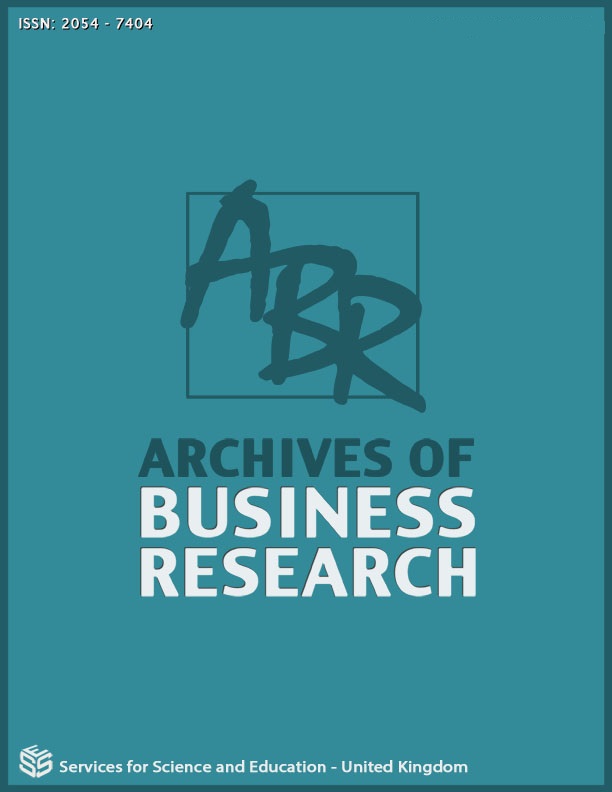The Investigation to the Learning Behaviour of Body Painting
DOI:
https://doi.org/10.14738/abr.102.11713Keywords:
Keywords: Body Painting, Descriptive Norm, Personal Norm, Theory of Planned BehavioralAbstract
Amid the emergence of body painting as a new art form in the modern fashion industry, a growing number of vocational-technical schools in Taiwan have included this form of art into their programs. This study aims to use the Theory of Planned Behavior (TPB) in order to explore the learning behavior of body painting respondents in terms of their subjective norm, descriptive norm, attitude, personal norm, perceived behavioral control and intention.
In the research process, a questionnaire survey was conducted among body painting respondents in an independent sampling approach with the collection of 260 valid samples. The data are analyzed by using the statistical software package SPSS. The results indicate that all variables of the subjects-subjective norm, descriptive norm, attitude, personal norm, and perceived behavioral control, have a significant positive influence on their intention. Meanwhile, attitude has a partial mediation effect on the relationship between subjective norm and descriptive norm to intention. Personal norm has a partial mediation effect on the relationship between subjective norm and descriptive norm to intention. Perceived behavioral control has a complete mediation effect on the relationship between subjective norm and descriptive norm to intention.
Downloads
Published
How to Cite
Issue
Section
License
Copyright (c) 2022 LI-AN WU

This work is licensed under a Creative Commons Attribution 4.0 International License.






